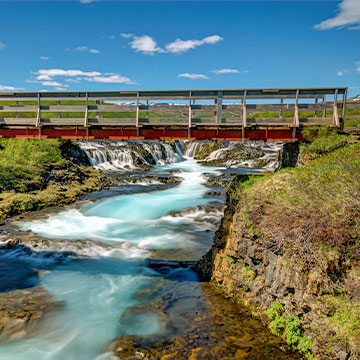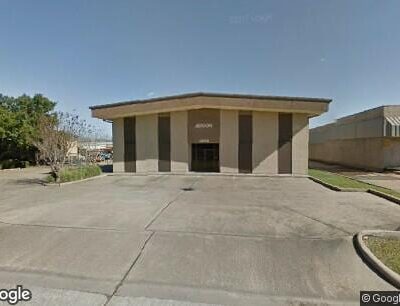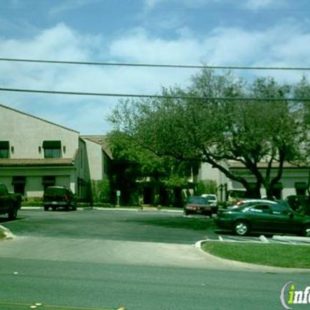Pedestrian bridges allow individuals to cross a space, water or geographic feature with ease. While constructing a pedestrian bridge, there are several important factors to take into consideration.
Width
The width of a pedestrian bridge is dependent on the type of traveller and amount of traffic the bridge will receive. On high-travelled trails a wider bridge is needed to support more people at the same time. While some bridges might be as little as four to five feet in width, other bridges can span more than 12 feet in width.
 Site Conditions
Site Conditions
Design of the bridge depends on the condition of the site where it is being built. If a site includes water crossing, intersections or steeper elevations, additional considerations should be made during the design process.
Geotech Analysis
Geotech Analysis can be used for learning details about the site. For example, the analysis helps determine if deeper foundations are necessary. Knowing the surrounding soil condition helps in designing the footing required to keep the bridge structurally sound.
 Safety
Safety
A pedestrian bridge must meet ADA safety guidelines. Boards with protruding screws, nails, fasteners or splinters provide a threat to anyone who might use the bridge. The bridge should also be able to stand up to bikes, rollerblades and heavy foot traffic.
Durability
Durability is crucial when building a bridge for pedestrian traffic. A bridge should be able to withstand the harsh environment it’s built in. This might mean adding fortification for flooding or using stronger materials to ensure longevity.
With over three decades of civil engineering experience, Jerdon Enterprises is qualified to help you design and construct your pedestrian bridge. Contact us today to start your project.




